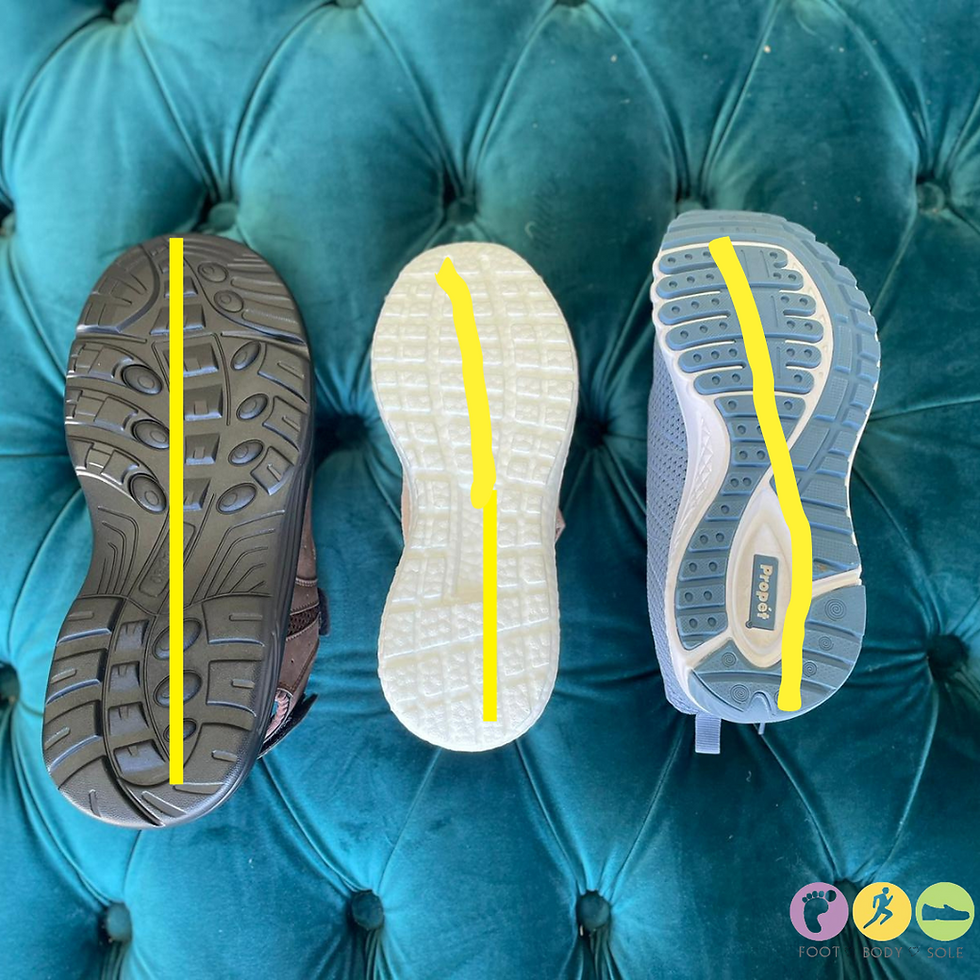Medial tibial stress syndrome
- Foot Body Sole
- Nov 26, 2019
- 2 min read

What is medial tibial stress syndrome (MTSS)?
Medial tibial stress syndrome (MTSS) is commonly known as “shin splints" and refers to overuse or repetitive stress causing injury to the front of the lower leg, between the knee and the ankle (tibia bone).
Shin splints occur when the body is unable to heal properly in response to stress from repetitive muscle contractions and tibial strain.
Who is more likely to suffer from mtss?
MTSS is most prone in athletes, those who part take in football, soccer, basketball and dancing due to the nature of the activity.
Females suffer a greater risk of shin splints due to a higher incidence of diminished bone density and osteoporosis.
What are some symptoms that I may experience with mtss?
Dull, diffuse pain along the lower leg along the tibia (shinbone)
Pain worsening at the beginning of exercise and gradually subsides during training and within minutes of cessation of exercise.
As the injury advances, pain with reduced activity and may occur when resting

What causes mtss?
MTSS is most commonly caused by training errors, where individuals attempt to do “too much, too soon”.
These errors can occur through changes in training regimen of:
Exercise routine
Running distance
Intensity
Speed
Terrain
Footwear
Other factors which can also increase the risk of MTSS include:
Tight calf muscles
Weak calf muscles
Inappropriate/ Non-supportive footwear
Flat feet
Overweight
Poor running technique
Treatment
Management for MTSS will vary with every individual, however, during the implementation of your treatment plan we will consider the following:
RICE principle
Rest, Ice, Compression, Elevation and the use of anti-inflammatories oral/creams during the initial phase
Training regime modifications
Reduction of intensity, frequency, and duration. Reducing the level of impact of exercises. Rehabilitation stretching and strengthening program
Footwear education
Fitting shoes with good shock absorption properties. Changing shoes when required
Strapping
Applied to the foot to offload pressure to the tender structures of the foot and leg to correct any biomechanical errors
Orthotics
Insole modifications to align and support the foot and ankle reducing excessive stress off of the lower leg
Therapeutic ultrasound/laser therapy/Interferential therapy
Provided to assist stimulate blood flow and aid with healing in the affected area
Dry needling
Performed to free up any tightness in the lower limb muscles and reduce any resultant strain
If you would like to find out more or are experiencing the above come in and see us here at Foot Body Sole! CLICK below to make a booking or call 1800 778 316.

If you are suffering from pain and discomfort, what are you waiting for? Contact one of our friendly podiatrists today on 1800 778 316 or click below!









Comments